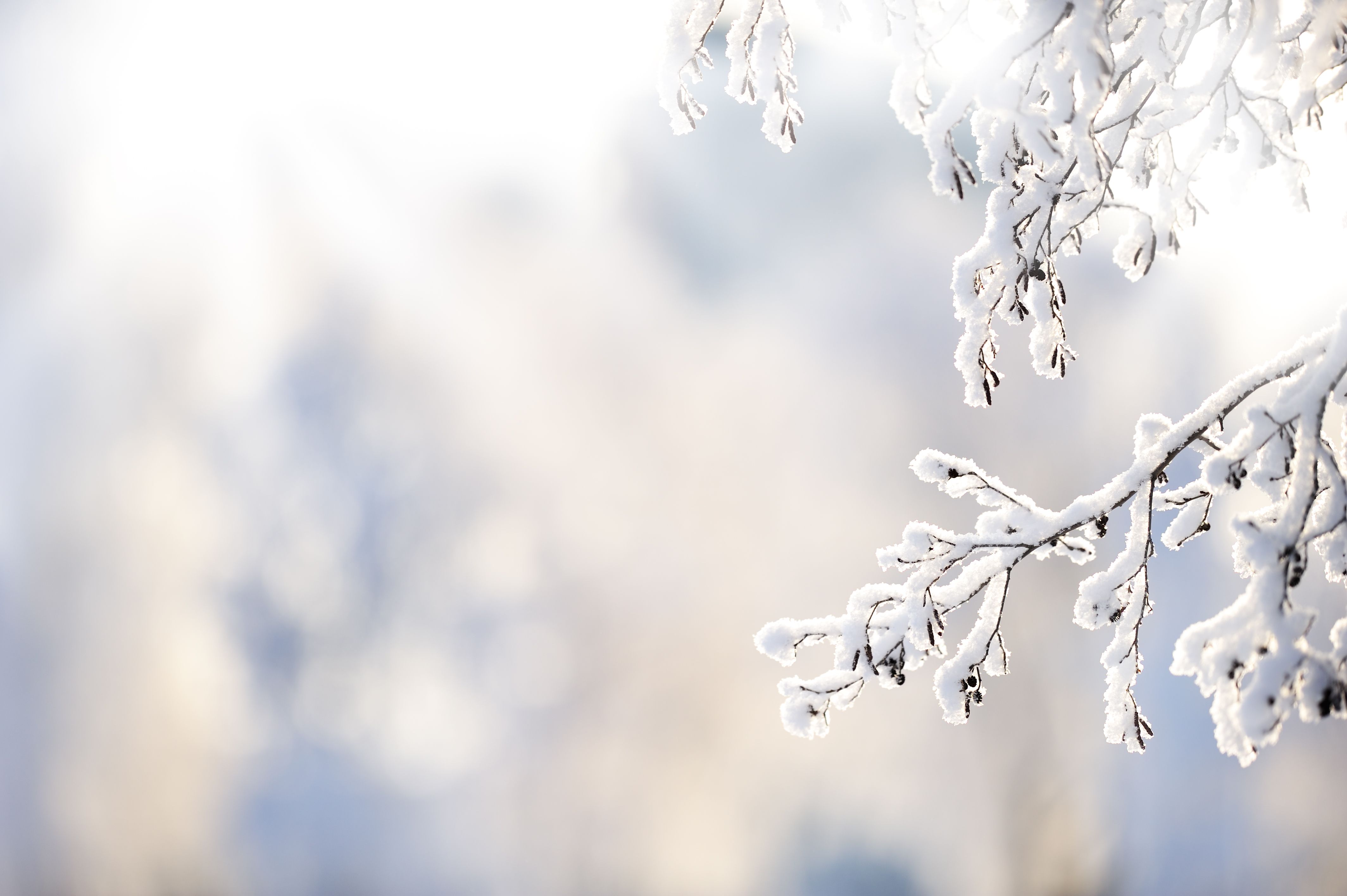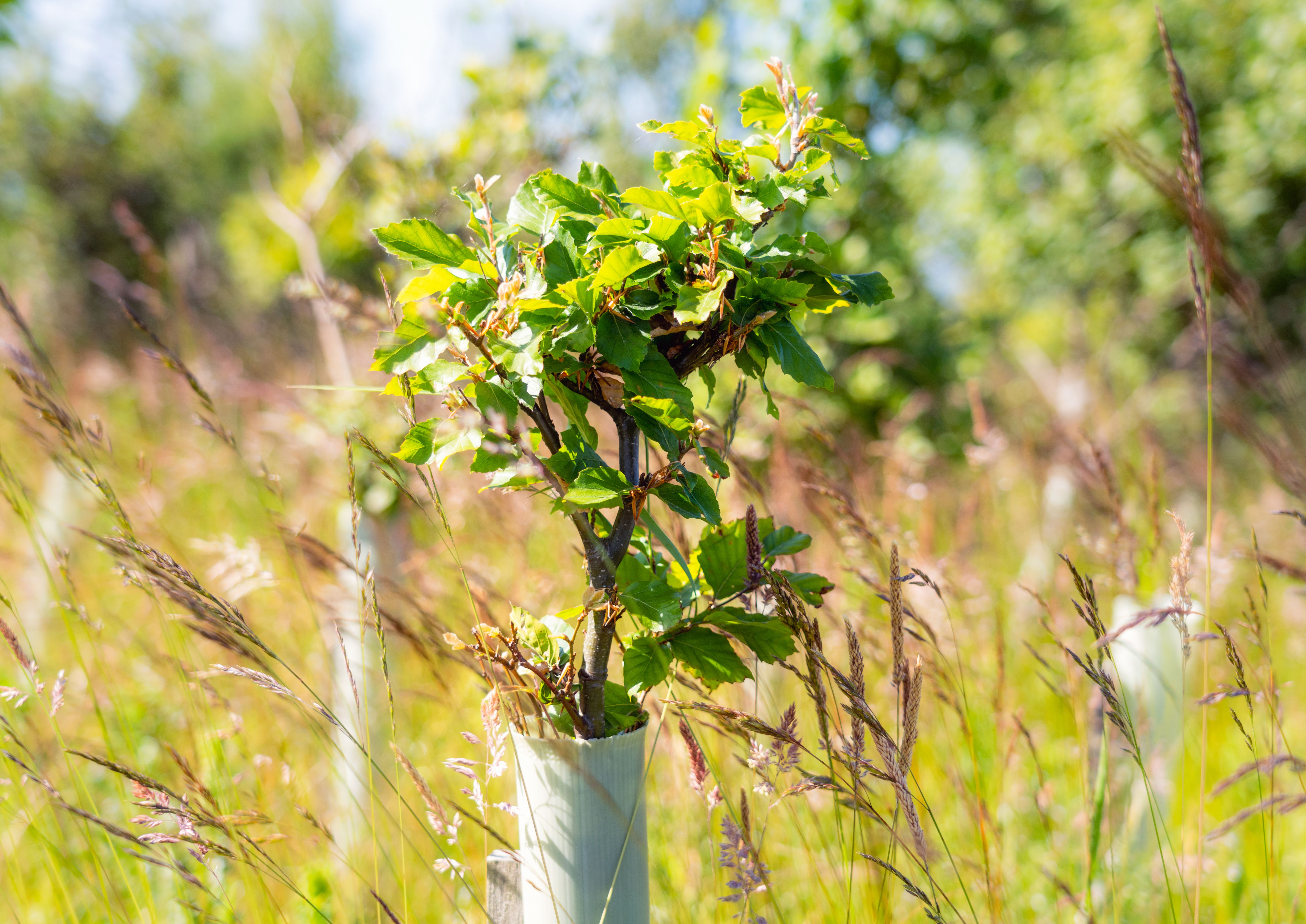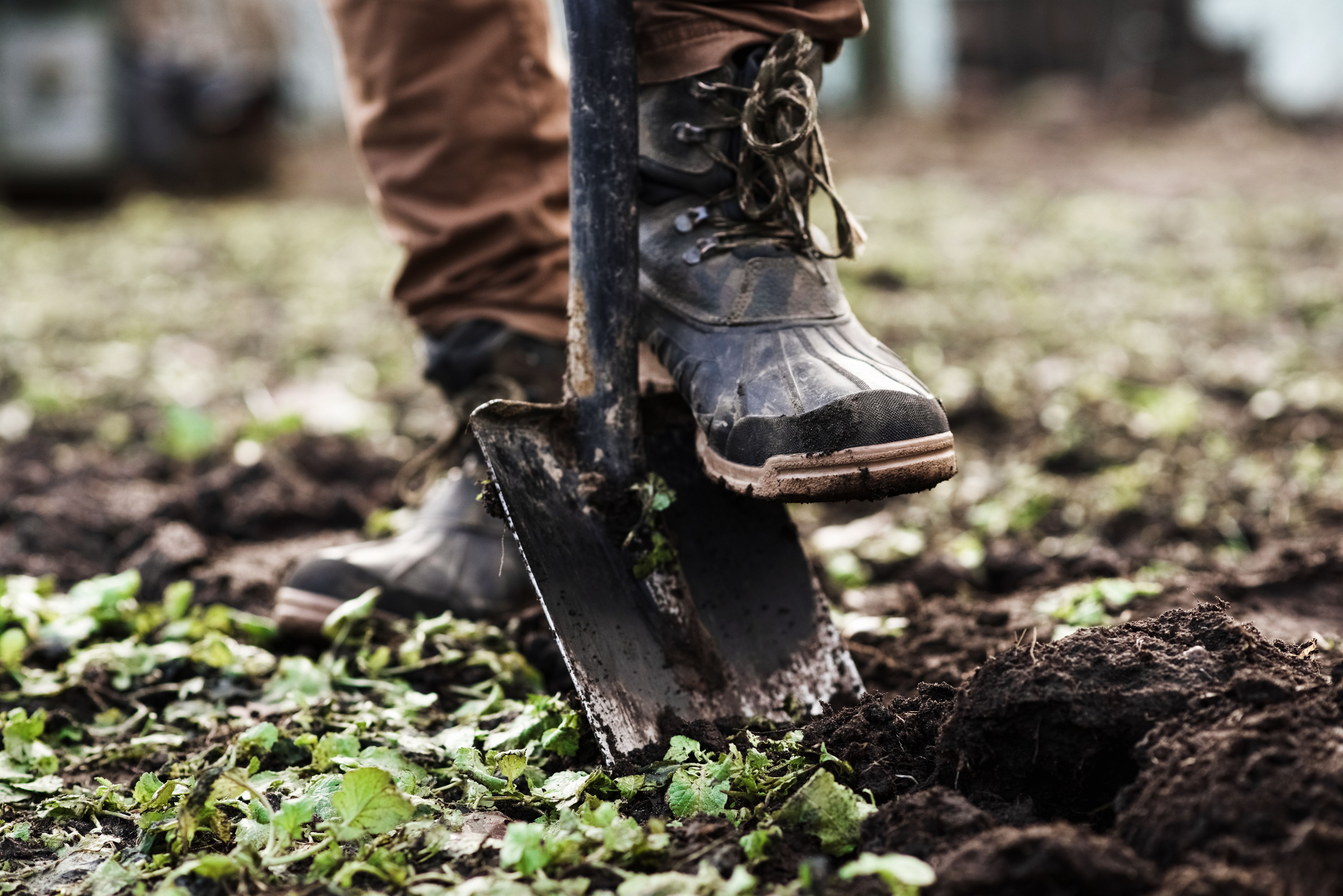Preparing Your Trees for Winter: Essential Tips from Experts
Understanding the Importance of Winter Preparation
As the seasons shift and temperatures drop, it's crucial to prepare your trees for the winter months. Properly winterizing your trees ensures they remain healthy and vibrant, ready to thrive come spring. This process is essential not just for the trees' survival but also for maintaining the aesthetic appeal and ecological balance of your landscape.
Winter can be harsh, with challenges such as frost, heavy snow, and strong winds potentially damaging trees. By taking proactive measures, you can protect your trees from these elements and prevent issues like broken branches, frost cracks, and root damage.

Pruning and Mulching: The Basics
One of the fundamental steps in preparing trees for winter is pruning. Pruning helps remove dead or diseased branches, reducing the risk of breakage under heavy snow. It's best to prune in late fall or early winter when trees are dormant, as this minimizes stress on the trees.
Mulching is another vital step. A layer of mulch around the base of your trees acts as an insulator, protecting roots from freezing temperatures. It also helps retain moisture, which is crucial during dry winter months when water is scarce.
Protecting Tree Trunks
Tree trunks are vulnerable to sunscald and frost cracks during winter. To combat this, consider wrapping the trunks with tree wrap or using a protective coating. This shields the trunk from sudden temperature fluctuations that can cause damage.

Additionally, applying a reflective white paint to the lower trunks can help prevent sunscald by reflecting sunlight and reducing temperature variations. It's a simple yet effective strategy to ensure your trees remain unharmed.
Watering and Fertilizing
While it may seem counterintuitive, watering your trees before the ground freezes is essential. Deep watering ensures that trees have enough moisture to withstand the dry winter months. Be sure to water thoroughly before the first major frost.
Fertilizing your trees in late fall can also be beneficial. Use a slow-release fertilizer to provide essential nutrients that will support root growth throughout the winter. However, avoid over-fertilizing as it can lead to excessive growth that may not withstand freezing temperatures.

Preventing Pests and Diseases
Winter does not eliminate the risk of pests and diseases. Some insects seek shelter in tree bark, while certain diseases can thrive in cold conditions. To prevent these issues, consider applying dormant oil or insecticidal soap during late fall.
Inspect your trees regularly for signs of infestations or disease. Early detection and treatment are crucial to ensuring your trees remain healthy throughout the winter and into the spring.
Conclusion: Ensuring Healthy Trees Year-Round
Preparing your trees for winter is a vital part of maintaining a healthy landscape. By following these expert tips—pruning, mulching, protecting trunks, watering, fertilizing, and preventing pests—you can help your trees withstand harsh winter conditions.
Remember, healthy trees contribute significantly to the environment, providing shade, oxygen, and beauty. Taking the time to winterize them is an investment in their longevity and well-being.
